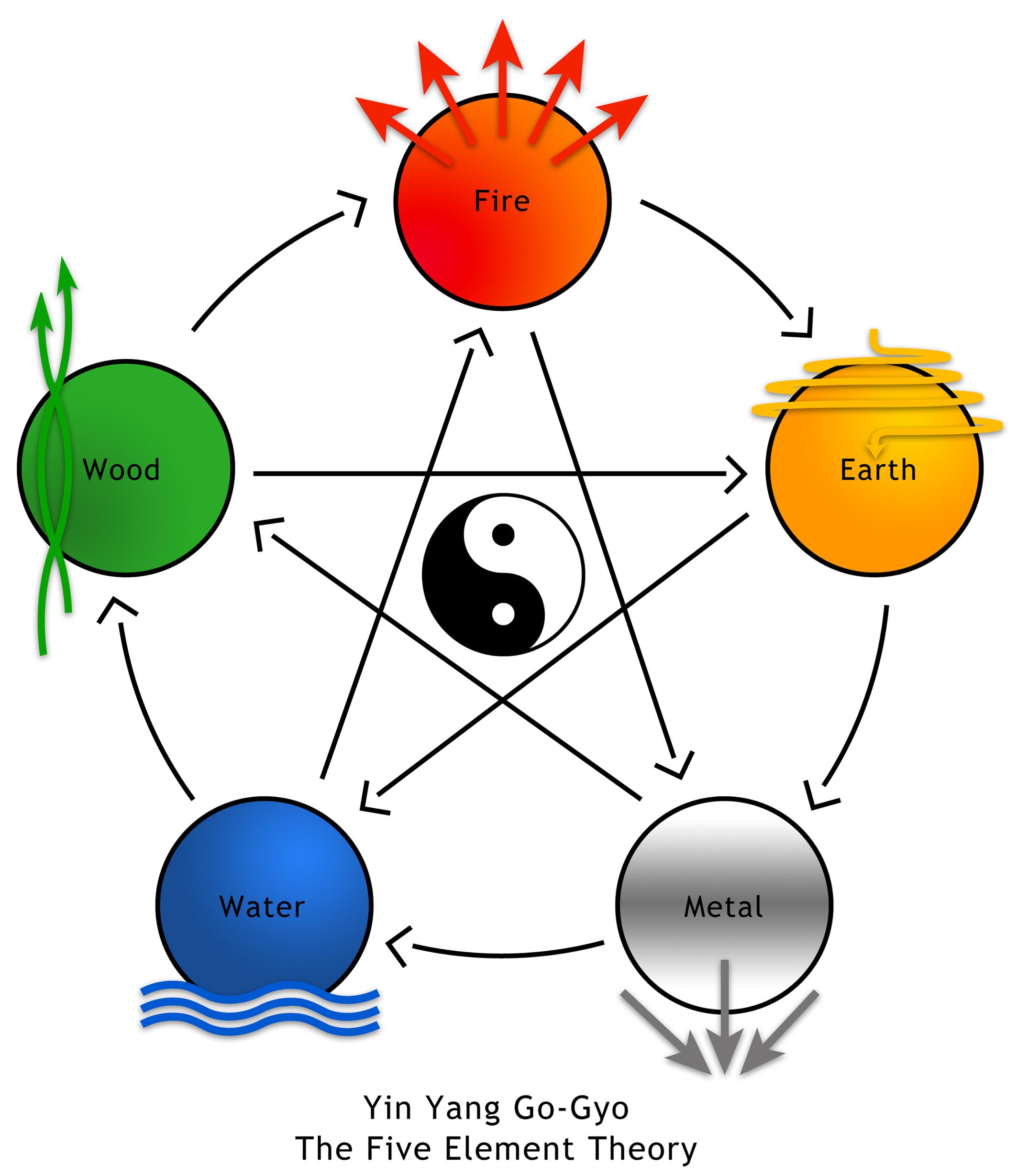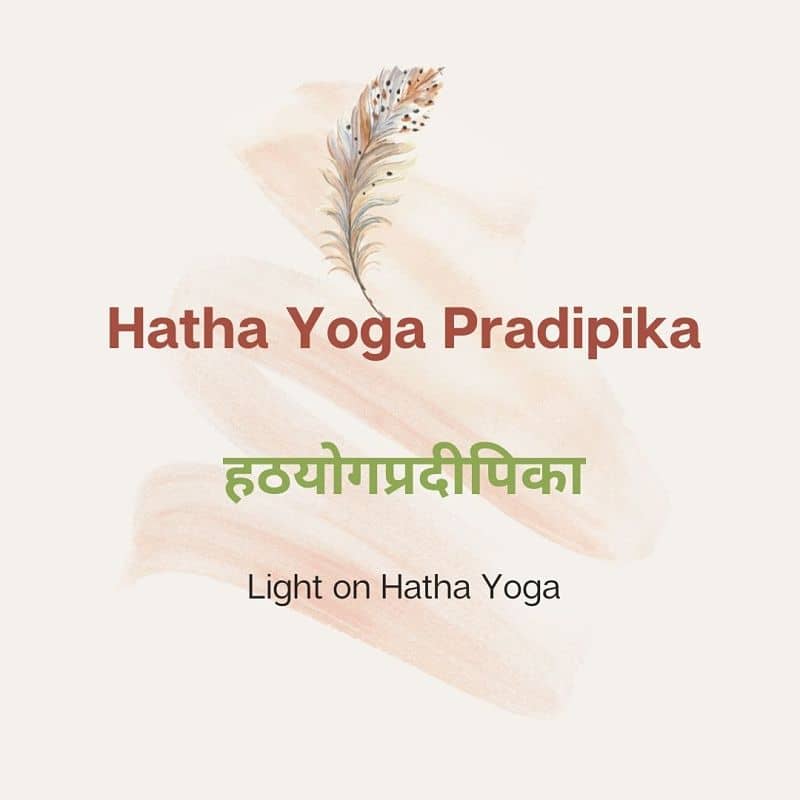
Sanskrit's word for "unite or join" is where yoga comes from. This union refers either to a union or fusion of mind and bodies, or to the integration of individual consciousness with universal consciousness. In India, yogic practices were practiced in the early decades of the 20th-century. Lord Shiva, the first known yogi, spread it through his writings. These books were translated into many languages and distributed to different regions around the globe.
As the practice of yoga spread, it was not uncommon for yoga to take on a more western appearance, particularly in Europe. In the early 1900s VHS tapes and DVDs were popularized, which led to widespread distribution of yoga videos. Yoga was quickly and widely popularized in America thanks to the growing fitness industry and the Internet. The transatlantic flight and invention of the microphone made it possible to reach large audiences.
Yoga has a long history dating back thousands of years. Although it was initially practiced to attain spiritual goals, Westerners became aware of it only in the second half of the 20th century. Swami Vivekananda, an Indian monk, toured Europe and the U.S. to bring the practice to the world. Later, he taught yoga in the West where it became very popular. This is a great way to learn more about yoga's history.

The origins of yoga can be traced back as far back as ancient times to northern India. The Vedas are the oldest of all the four Vedas and contain references to yoga. The Rig Veda contains over one thousand hymns and 200 mantras. To learn about yoga, priests from the Vedic age used Rig Veda. In later centuries, many Rishis refined the practice and brought it into the modern day. The Upanishads provide great information about yoga's history.
Yoga history started with ancient Indian yoga being mentioned. The practice evolved to include asanas or physical postures. Hatha yoga gained popularity in the U.S. around the turn of the 20th century, when many teachers began adding asanas onto their classes. The 1970s saw the rise in popularity and widespread acceptance of the practice. Yoga's popularity and spread was fueled by its birth in the United States.
Yoga's history is complicated. Yoga dates back to 2000 BC. At that time, the practice was primarily concerned with the mind. It was then influenced by western gymnastics and the first Hatha Yoga practices were created. The practice developed into Hatha yoga in the 1920s. Asanas can be used today to help achieve this goal.
The roots of yoga's origins lie in ancient India. The practice of yoga thousands of years ago was very different to the Vinyasa classes we have today. It is possible to learn more about the history of yoga and better understand it. For example, ancient yoga was not practiced in the same way as modern-day Yoga. The origins of Yoga can be traced back thousands of years and help you develop a deeper appreciation of the practice.

Yoga has a long history. Although the ancient yogis were mostly Hindu, they were heavily influenced by Hindu culture. Yoga was generally banned in the west because of its British origins. After this, the practice of yoga began to spread in Europe and the USA. Yoga was first introduced to America by gurus of India in the late 1800s. Asana is a form of meditation.
Asana is the core of all yoga practices. Asana is an ancient practice. The practice of yoga was spiritual and religious at its best in the 5th Century. The ancients also included Buddhism and Jainism. The first systematic presentation of yoga practices and beliefs in Hinduism and Jainism occurred during the Classical Period. The tradition of yoga continued to grow in popularity and influence for centuries afterward. As with any new practice however, the roots of yoga are still rooted in the exact same principles and ideals.
FAQ
Is it true, that too much protein can cause kidney stones?
Protein helps maintain healthy bone and tissue. Too much protein can cause calcium to be excreted through the urine. In turn, this can result in kidney stones.
It is important to remember that not all people get kidney stones from eating more than 2g protein per kilogram (2.2lbs) of body weight. High amounts of protein can be consumed by some people without causing kidney stones.
By watching how much sodium you consume, kidney stones can be prevented. The kidneys regulate the amount of sodium they consume. High levels of sodium are linked to a greater risk of developing renal stones.
You can also try reducing your protein intake if you get kidney stones. Protein provides about half of the daily caloric needs for most adults. Reduce your intake of protein and you will likely lose weight.
If you do decide to eat more protein, don't go overboard. You should aim to consume less than 20% of your total calories from protein.
How To Build Muscles Fast?
Eating healthy foods and lifting weights regularly is the best way to build muscle fast.
It is best to exercise in the morning, when you feel fresh and ready to go!
You should try exercises such as squats, bench presses, push-ups, etc.
You can try different weight training methods and remember to drink lots of water throughout the day.
What is butter good for?
Butter is one of the best sources of saturated fats. This type of fat helps to build stronger bones, healthy skin, and hair.
Vitamin K, found in butter is an antioxidant that prevents bleeding from cuts. Vitamin K works together with vitamin C to prevent bruising.
Butter is also rich with minerals, such as calcium and phosphorous. These elements help to build stronger bones and teeth.
Butter has its drawbacks. Butter has high cholesterol. There are studies that show excess cholesterol may increase the likelihood of developing cardiovascular diseases.
Butter is high in saturatedfat, which contributes both to obesity, and raises cholesterol.
But if butter is a must, you can spread it on bread and not dip it in soups or salads. Bread absorbs oil more than pasta or potatoes.
What's the best workout for men over 40?
Older men often have more energy and stamina when they exercise.
It is important that you note that people over 40 experience a decrease in testosterone levels, which results in lower sex drive.
But, that doesn't mean you can't enjoy some physical activity. Research has shown that exercise regularly can increase testosterone in men.
An aerobics routine is a great way to increase your sexual performance.
Statistics
- The PRS enabled risk stratification for overall prostate cancer and lethal disease with a four-fold difference between men in the highest and lowest quartiles (HR, 4.32; 95% confidence interval [CI], 3.16-5.89). (pubmed.ncbi.nlm.nih.gov)
- An estimated calorie range for moderately active adult males falls between 2,200 to 2,800 calories per day, depending on age. (eatright.org)
- Candidates and applicants must pass all four tests at 70% (minimum level) to graduate from Basic Deputy U.S. Marshal (BDUSM) Training. (usmarshals.gov)
- According to the American Academy of Dermatology (AAD), men over 50 are at a heightened risk of developing it. (healthline.com)
- According to the American Heart Association, blood pressure should be checked at least once every two years, beginning at age 20. (my.clevelandclinic.org)
External Links
How To
How can a man lose weight in just 30 days.
The best way to achieve fitness goals is by breaking them into small achievable steps.
It is important to work towards your goal every day. This could mean anything from doing 10 pushups for 5 minutes to running 3km.
You will notice positive results if this is done consistently over time.
Here, consistency is the key. Keep at it until success!
What is the main difference between Aerobic Fitness or Anaerobic Fitness
Anaerobic fitness means that our bodies can perform intense physical work with no oxygen. Anaerobic pathways are used when there is intense exercise to provide sufficient energy. Anaerobic pathways include glycolysis (creatine phosphate), the phosphagen and lactic acid.
Aerobic fitness, on the other hand, is a sustained low-intensity exercise. When doing aerobic exercises, oxygen serves as the primary source for fuel for the cells. In other words: The aerobic pathway gives more energy than that of the anaerobic.
You need to build up your aerobic capability if you plan on running a marathon. If you don't focus on increasing your aerobic capacity, you will not be able finish the race.
Aerobic fitness may also be known as cardiovascular fitness. The most common methods of determining cardiovascular fitness are step tests and VO2max testing.
Test VO2 Max
The maximum amount of oxygen (O2) the body can use during exercise is called VO2 max. This test determines how much O2 your body can use during exercise.
This test measures cardiovascular fitness in a way that is most accurate. This test requires expensive equipment, and highly qualified professionals to administer.
Step Tests
Step tests are an easy but powerful way to determine your cardiovascular fitness. They involve walking or jogging on a treadmill or track for a certain duration based on your age and weight.
These tests are inexpensive, easy to conduct, and can be done almost anywhere. You can for instance walk on a treadmill 2 minutes, then stop for 1 minute. Throughout the session, your heart rate should be within a certain range.
This method is called the Bruce Protocol. Bruce, a runner, developed this protocol after realizing that his heart rate did not rise when he ran longer distances.